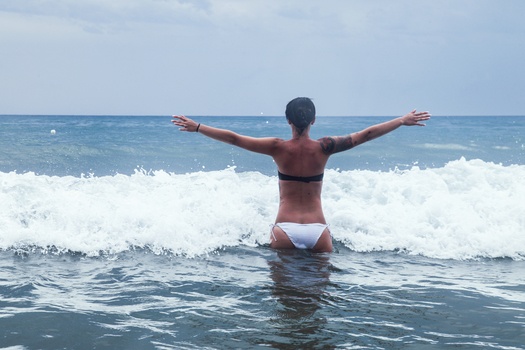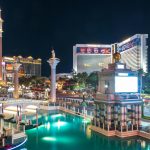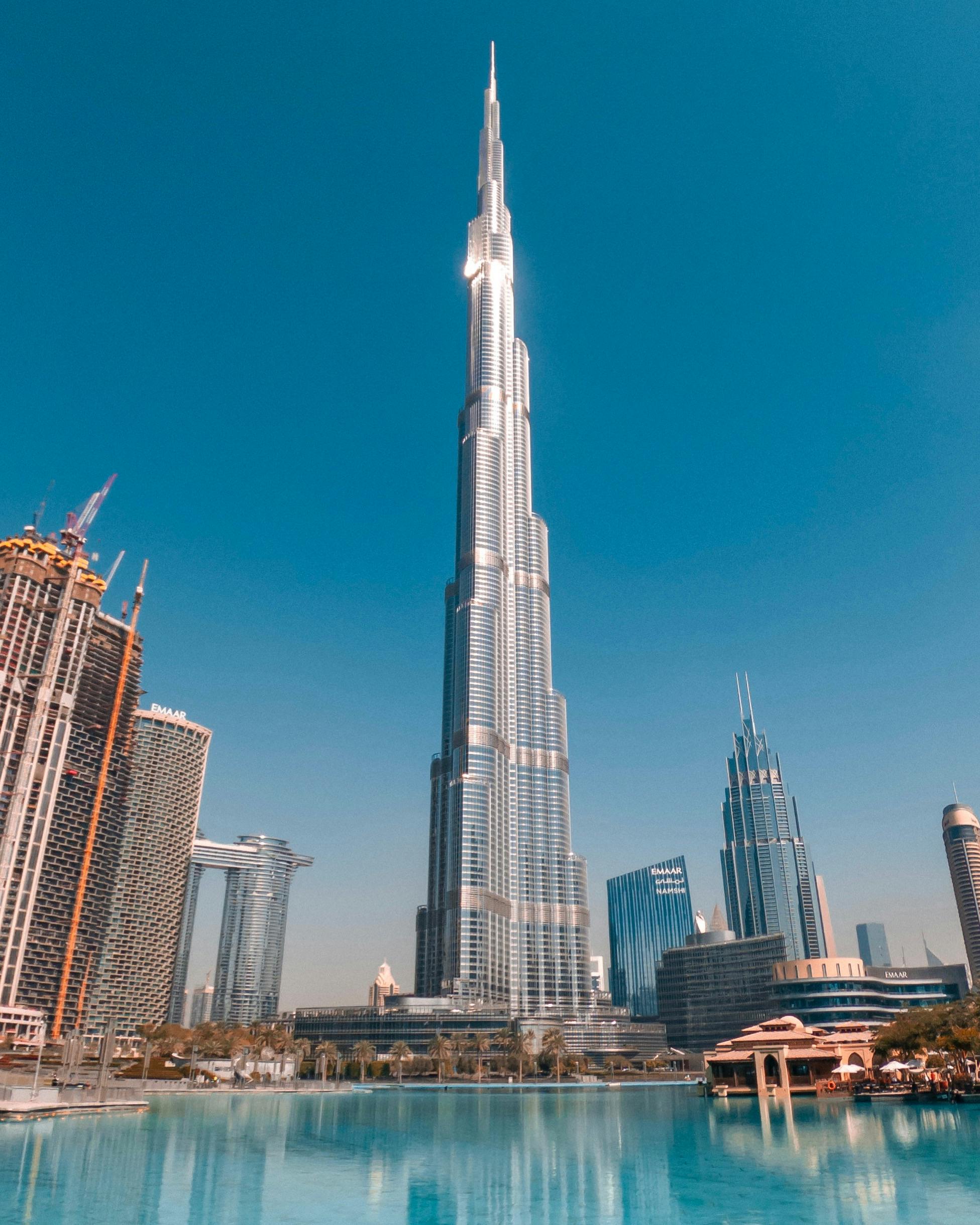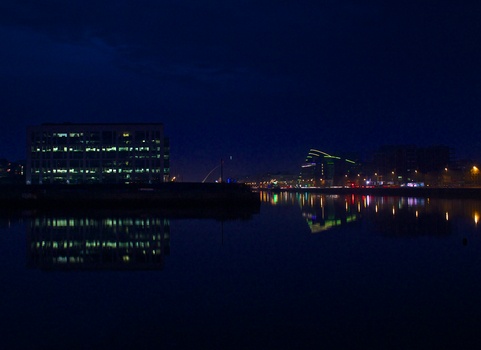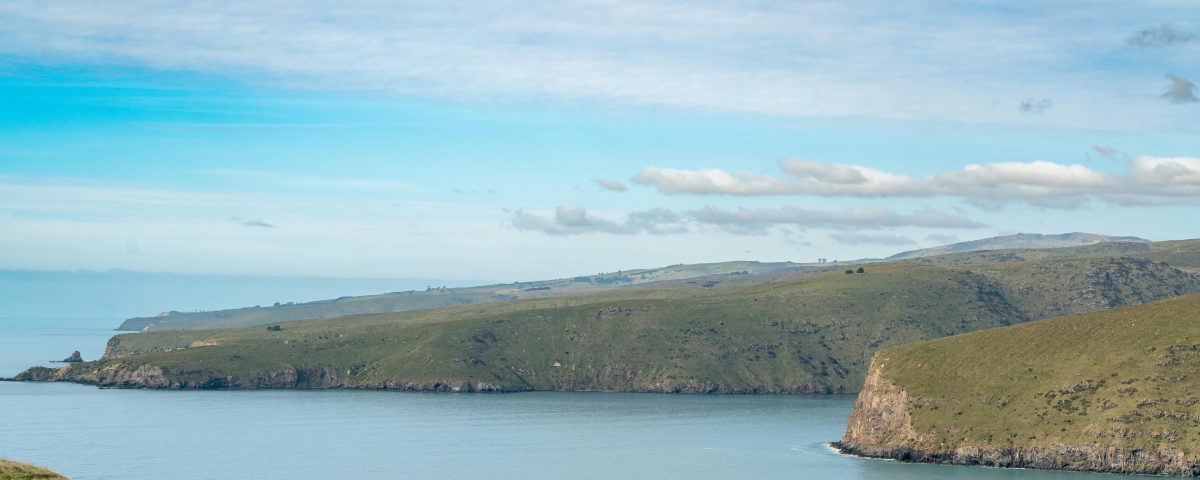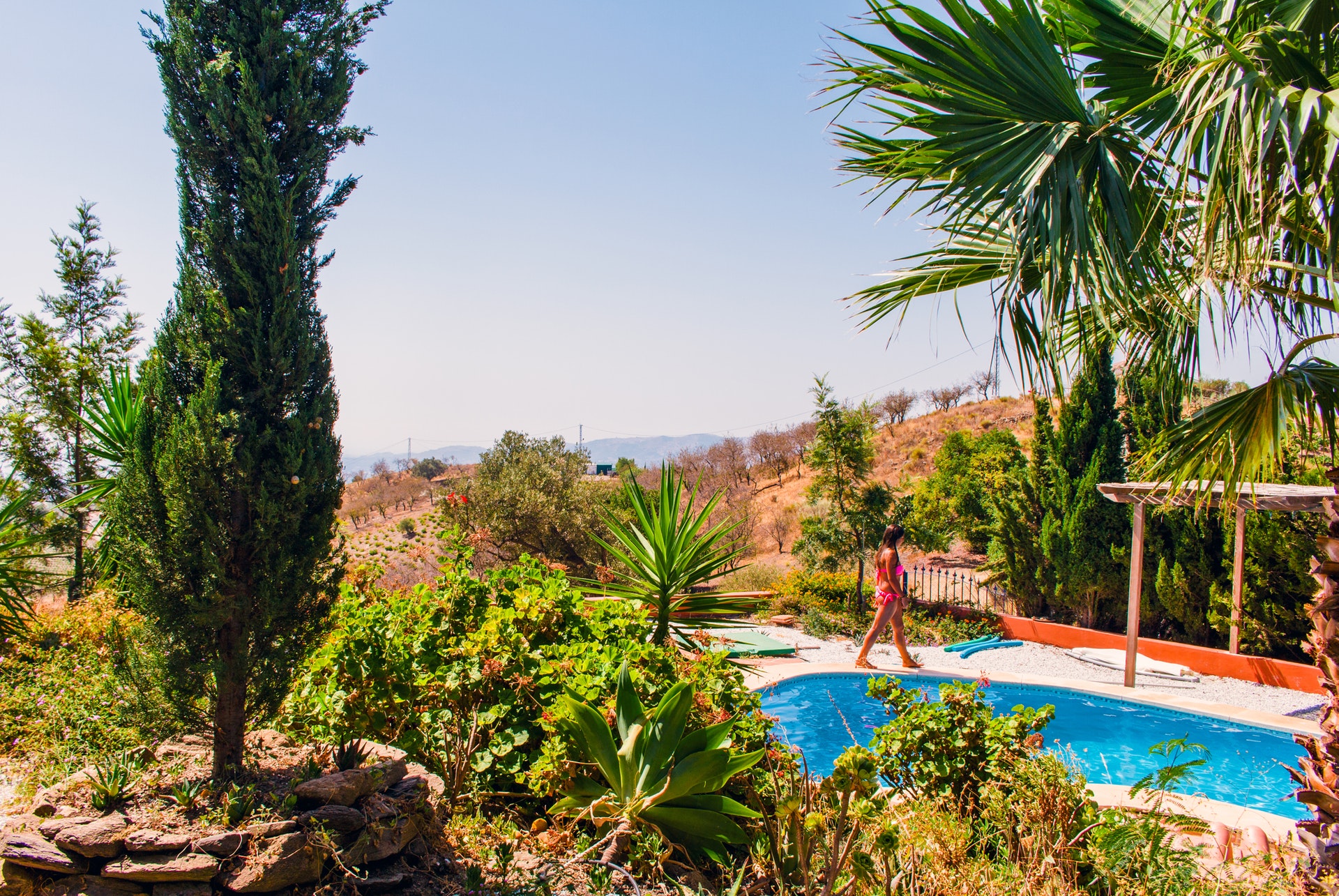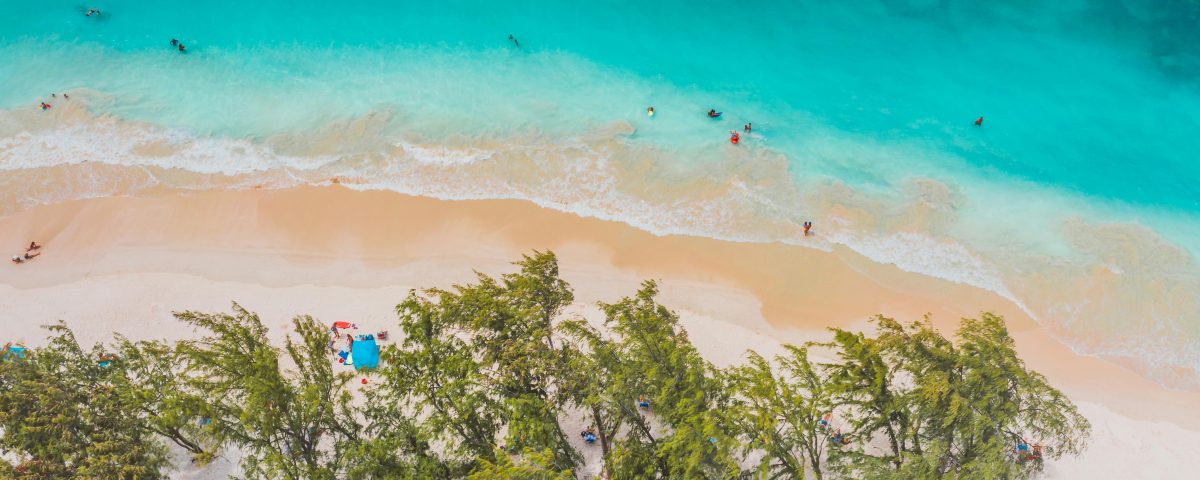New York City – The Big Apple
Take a bite, or many bites, out of The Big Apple. So we took the New Jersey Transit to New York City. The modern coach bus goes to the 42nd Street Port Authority. The Port Authority is one of the many hubs of ground transportation in New York City – The Big Apple. Most of your major bus companies are located there and you can make connections with almost every subway line via a walking tunnel to Times Square. The rail hubs are Grand Central Station, connected by subway shuttle from Times Square, and Penn Station, a two-stop jaunt on the subway. The subway system in Manhattan is the quickest and most efficient form of transportation on the island, with stops within four to six blocks of each other. The system used to be confusing with many independent lines designated by different letters: IRT, BMT, etc. Today the various routes are designated by colors and either numbers or letters. A map shows all of the routes and their connecting points. The subways system today is very easy to follow. It is also safe, contrary to some people’s perceptions. Here are a few little known facts about the system. The tunnels in New York City – The Big Apple go at least eight stories below the ground. There are miles of mazes even under the tubes themselves, where the homeless have made their homes. On one of the lines from Manhattan to Queens, the tracks literally ride on water under the East River. Even engineers do not know how to correct the problem. The money collected at the ticket booths is sent by a special train which travels the system. The trains are very long, at least ten cars in length. Most of the cars have benches along the sides, which leaves most of the car for standing room. There are three exits on each side of the car, which allows quick entrance and egress. The riders are called strap hangers, because they hold on to straps hanging from the ceiling while riding. The newer cars post the next stop on signs in the car. Some even have a map of the route and the present location of the car lit up on the map.
New York City, The Big Apple consists of five Boroughs: Kings (Manhattan), Queens, Bronx, Brooklyn, and Richmond (Staten Island). All of the boroughs are connected by subway or train or bus, except for Staten Island which is serviced by the famed ferry. More about the different areas when we visit them.
New York City, The Big Apple
Went for desert at Cafe Lalo, where part of the movie “You’ve Got Mail” was filmed. Then we walked up Broadway to Fairfield Market, a few blocks South of World famous Zabars, a grocery and kitchen appliance store (but so much more: an experience). I was surprised by the variety of fresh produce and meats, fish, and poultry and relatively low prices. The aisles are very narrow in the store, due to the fact that space is at a premium in Manhattan. Buy an unlimited Metro Pass, $21.00 for the week, and hop on a Downtown bound bus on Broadway. Downtown means towards the Battery, the Southernmost point of Manhattan.
Uptown is Northbound and Cross-town is either to the East River(East Side) or the Hudson River(West Side). What a wonderful and safe way to see the city. We passed by Columbus Circle, the edge of Central Park, Julliard, Lincoln Center, the Theater District, and of course glitzy vibrant Times Square. The bus then turned East on 42nd Street and passed by the Public Library, Grand Central Station, and ended at The United Nations Building.
As long as fate brought us there, we toured the famed United Nations building. Mati from Senegal in Western Africa, was our tour guide and was very knowledgeable about the workings of the UN. It is not the paper tiger that some people claim it is. It is a real forum for all of the nations of the world to discuss mutual concerns: military conflicts, land mines, disease, hunger, trade, etc. Perhaps the real tigers are the ones who want to control the other nations or make huge profits by fostering these problems. Some of the Chambers were in use, namely the Security Council, and the Council for Economic and Social Justice. They were in session.
The Lexington Avenue bus goes further Downtown. Along the way we passed Chinatown, the Bowery, Little Italy, skirted Greenwich Village, and ended at city hall. There are so many different types of restaurants in NY that you could eat at a different one every single night and not repeat yourself for your entire lifetime.
Adjacent to the tomb is Sukaru Park, so named because of the numerous cherry trees in the park, which were donated by the Japanese government. In the park is a statue of General Daniel Butterworth, the composer of Taps (remember Berkeley Plantation in Virginia). He is looking over to Grant’s tomb, keeping his eyes on that hallowed ground.
Across the street is Riverside Church, a Presbyterian Church noted for its grand carillon of over seventy bells. The nave of the church is Gothic in style, but not quite as large St. John’s. The Church is part of Union Theological Seminary, which is connected with Columbia University also present in the neighborhood.
Stopped by Lincoln Center and bought tickets for the New York City Ballet’s Matinee Performance. Lincoln Center, at 64th and Broadway is the Performing Arts complex of New York City. Flanking a beautiful fountain, which has been a focal point in many movies are the Metropolitan Opera House dead ahead, Avery Fisher Hall on the right, home of the New York Philharmonic, and New York State Theater on the left, home of the New York City Ballet. Just outside of the horseshoe is Julliard School of music in New York City – The Big Apple.

